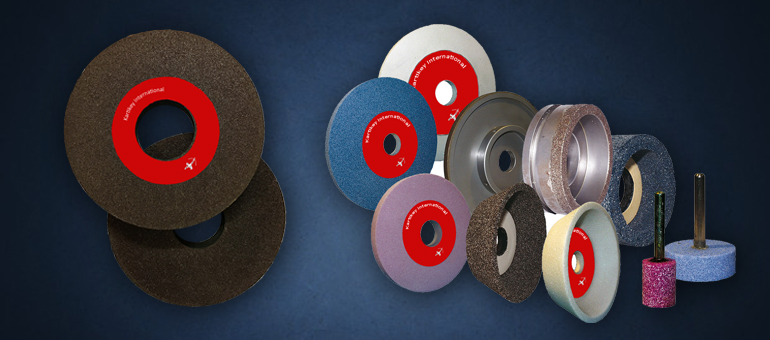
A grinding wheel is a wheel used for grinding. Grinding wheels are composed of abrasive compounds and are used for various grinding (abrasive cutting) and abrasive machining operations. Such wheels are used in grinding machines.
The wheels are generally made with composite material. This consists of coarse-particle aggregate pressed and bonded together by a cementing matrix (called the bond in grinding wheel terminology) to form a solid, circular shape. Various profiles and cross sections are available depending on the intended usage for the wheel. They may also be made from a solid steel or aluminum disc with particles bonded to the surface. Today most grinding wheels are artificial composites made with artificial aggregates, but the history of grinding wheels began with natural composite stones, such as those used for millstones.
The manufacture of these wheels is a precise and tightly controlled process, due not only to the inherent safety risks of a spinning disc, but also the composition and uniformity required to prevent that disc from exploding due to the high stresses produced on rotation.
Grinding wheels are consumables, although the life span can vary widely depending on the use case, from less than a day to many years. As the wheel cuts, it periodically releases individual grains of abrasive, typically because they grow dull and the increased drag pulls them out of the bond. Fresh grains are exposed in this wear process, which begin the next cycle. The rate of wear in this process is usually very predictable for a given application, and is necessary for good performance.
There are five characteristics of a cutting wheel and they are indicated by codes on the wheel's label.: